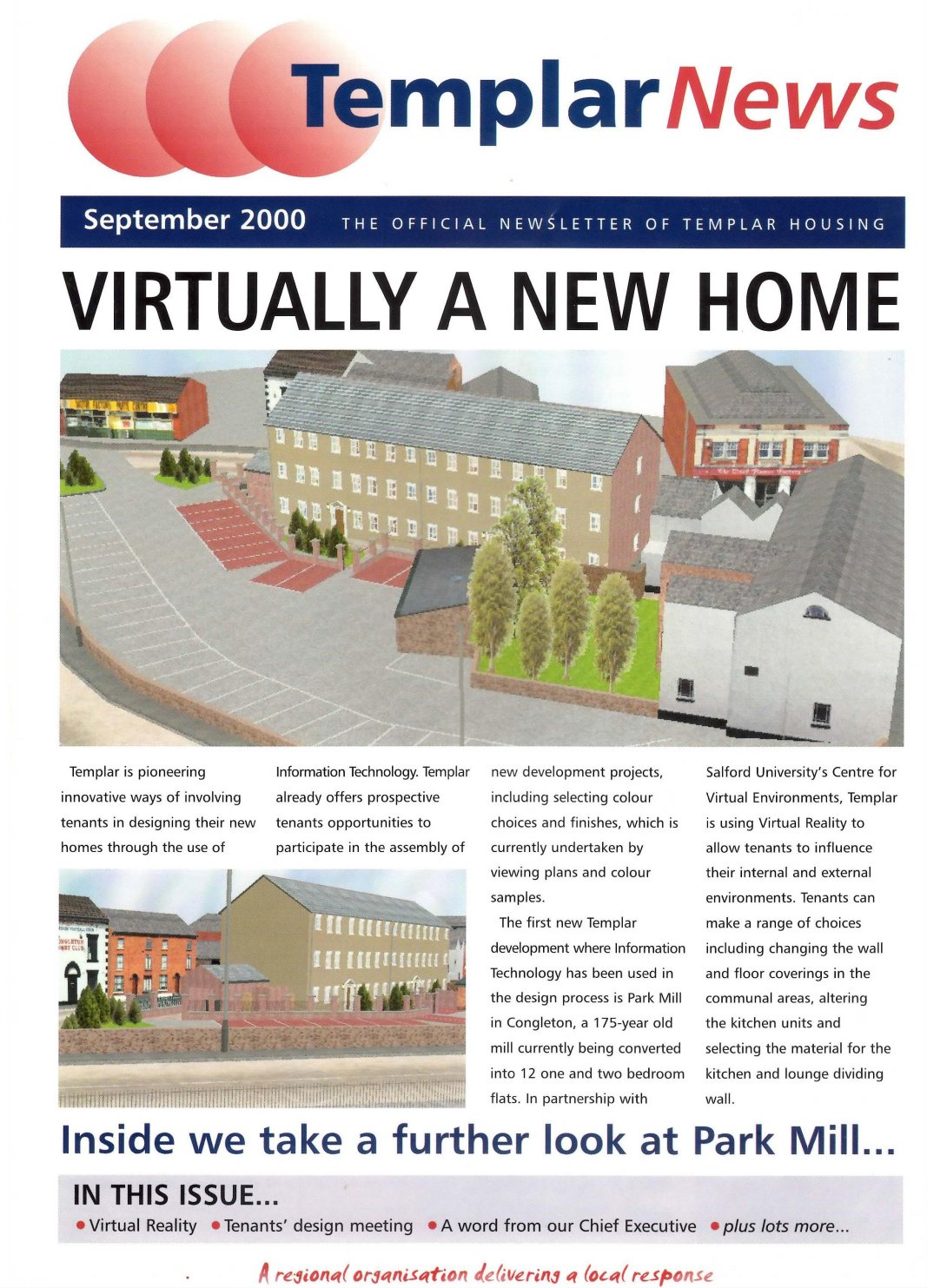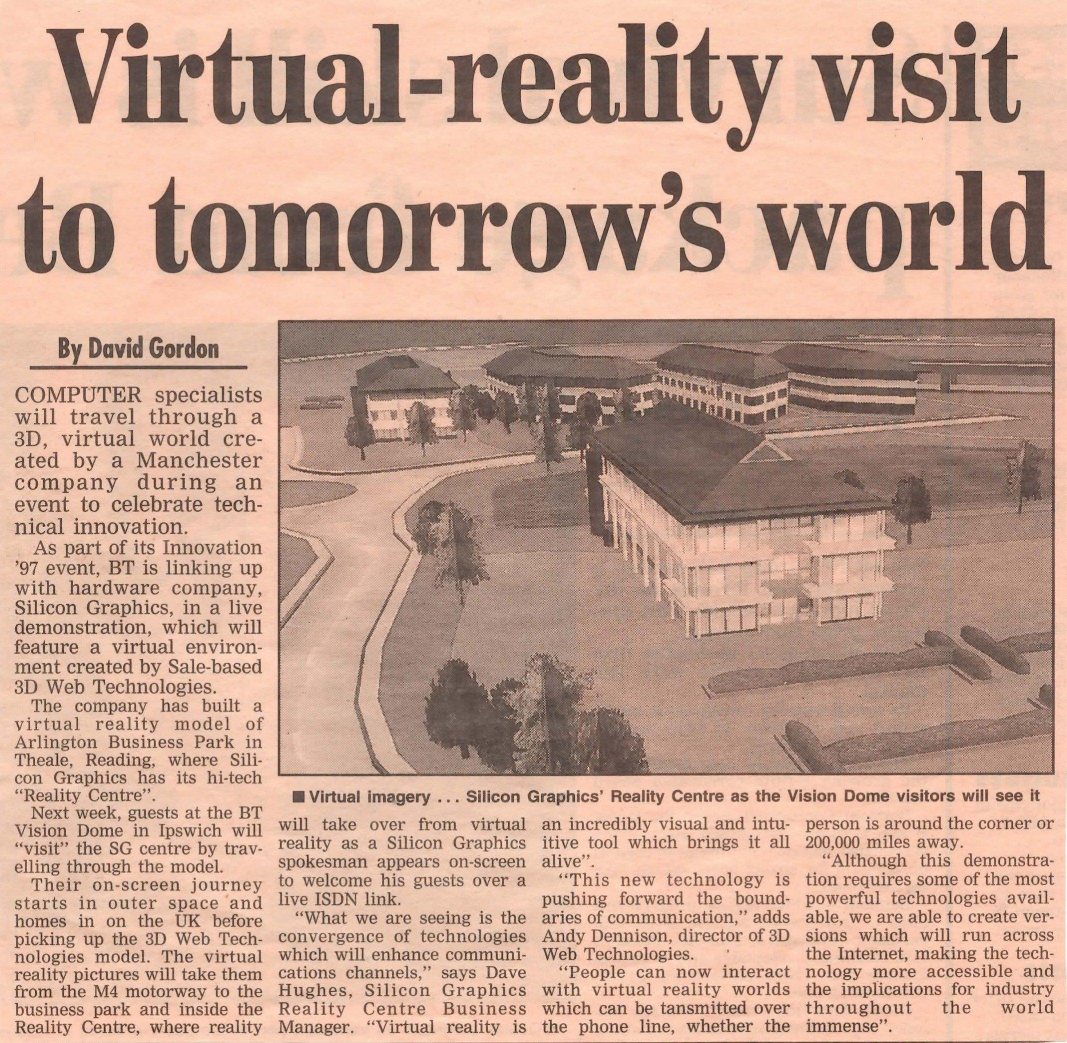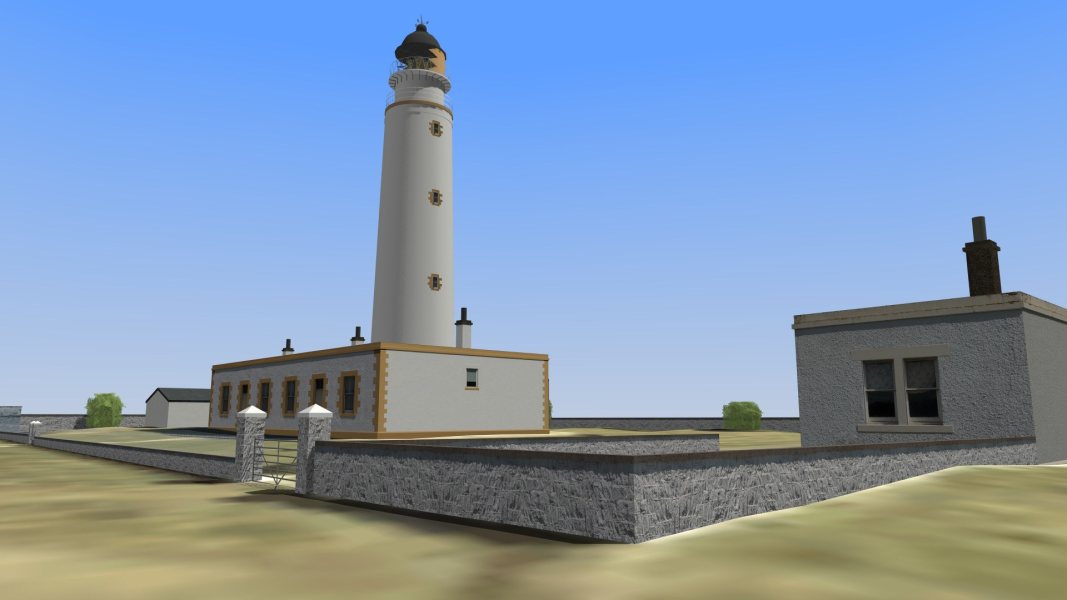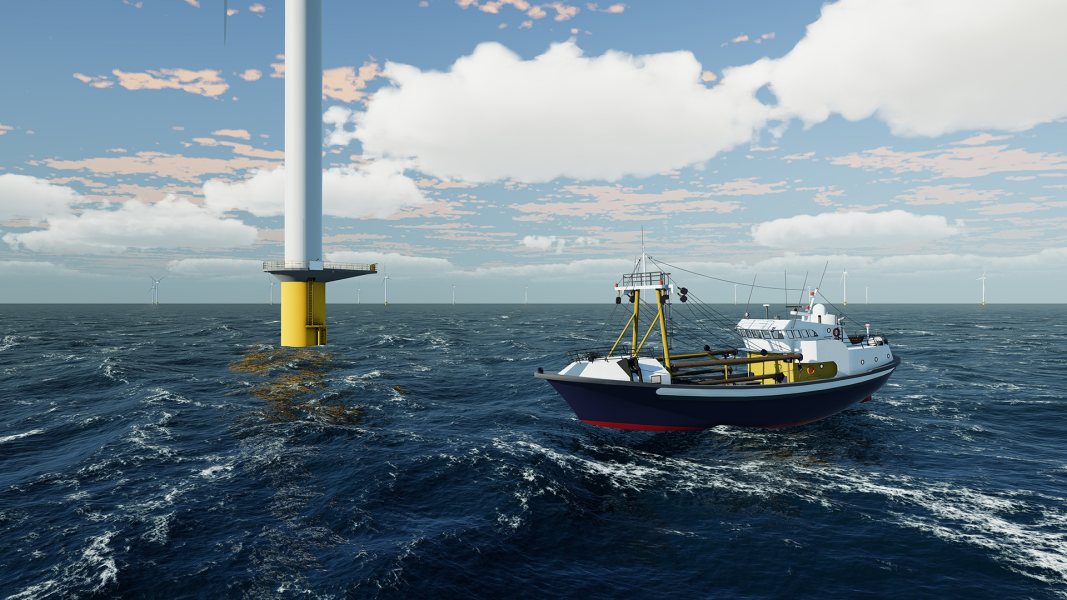The world of 3D visualisation has come a long way since 3DW was founded.
In the past, creating detailed and engaging 3D models was a daunting task that required extensive resources and expertise that were held back by limitations mostly through computer processing power and GPU’s *where they even a real thing then?
However, with the rapid advancements in software and hardware technology, 3DW has been able to build much larger and more engaging 3D solutions than ever before. In this blog post, I want to share some of the significant improvements in software and hardware that have enabled us to push the levels of 3D visualisation in our sector, enabling us to deliver much more visually striking projects that have allowed our clients to present a much more detailed set of project specifications to all stakeholders.
One of the most significant factors in the evolution of our work has been the advancements in software technology. In the past, 3D modelling software was limited and there was a much stricter rule of amounts of polygons which led to some areas where our design team would have to limit certain elements to be able to deliver a pleasing end result.
The available tools were often clunky and difficult to use as these softwares had been ported from our sectors such as aerospace and transport. However, with the rise of powerful software such as Blender, Autodesk 3DS Max, our own in house software TOPAZ, UE5 and Unity a software package that many of our online and pre rendered solutions are created in.


This has meant creating detailed and realistic 3D models has become more accessible and efficient to our brilliant team design team. These software tools have enabled us to build larger and more complex models, with greater detail and accuracy. Were able to load much larger datasets into our softwares pushing around large amounts of polygons, textures, trees, buildings and many other important aspects of our 3D solutions.
In addition to software advancements, hardware technology has also played a crucial role in the evolution of 3D. The development of powerful graphics processing units (GPUs) has enabled us to create more detailed and realistic models, with faster render also faster real time.
The increase in computational power has allowed us to handle larger datasets and create more intricate models, which was previously unimaginable. Moreover, the advent of virtual reality (VR) and augmented reality (AR) technologies has opened up new possibilities for 3D visualisation, enabling 3DW to create immersive and engaging experiences for clients.
These sectors really are something from the pages of science fiction, allowing people to actually be inside the 3D environment is something that everyone is really becoming aware of as it slowly but surely feeds into many applications of the technology.



The advancements in software and hardware technology have had a profound impact on the capabilities of 3DW. We can now create larger, more detailed and more engaging 3D solutions than ever before. As technology continues to evolve, we can expect even more exciting developments in this space plus what we are able to produce for our clients. We can have deep discussions looking at solutions that simply wouldn’t have been available to us in the past. The future of our 3D solutions holds endless possibilities and we are excited to be at the forefront of this rapidly evolving field.
Being trusted by our clients to deliver engaging 3D solutions to budget and in a timely manner often exceeding the original scope to deliver amazing results.
I hope you've enjoyed this little look back in time.
See you in the next one.
KL